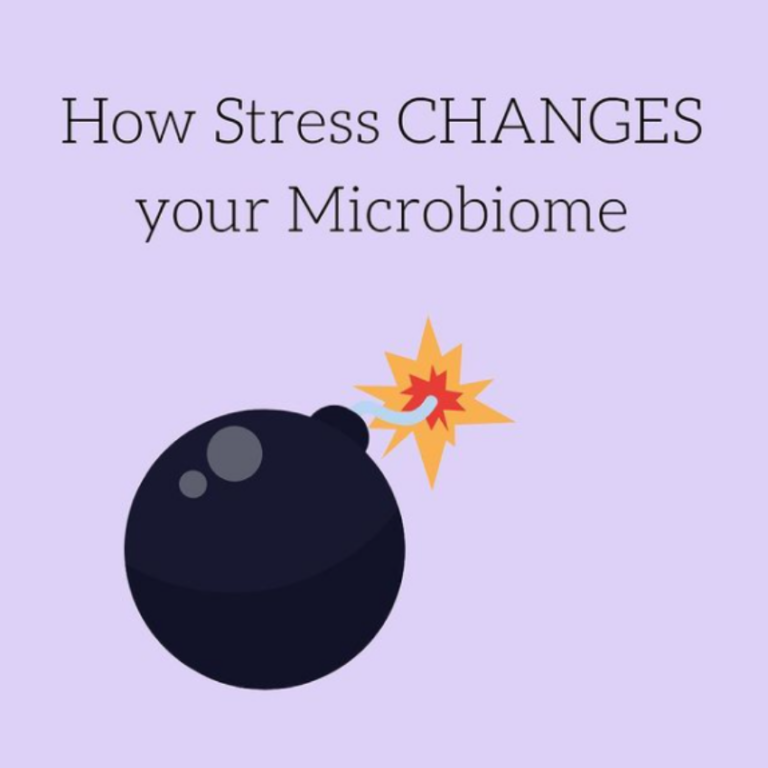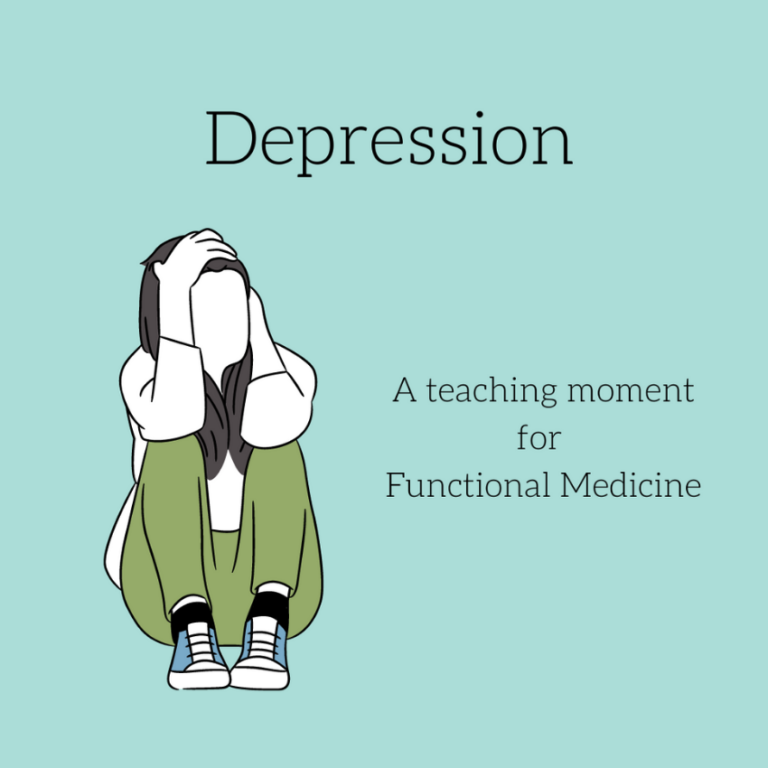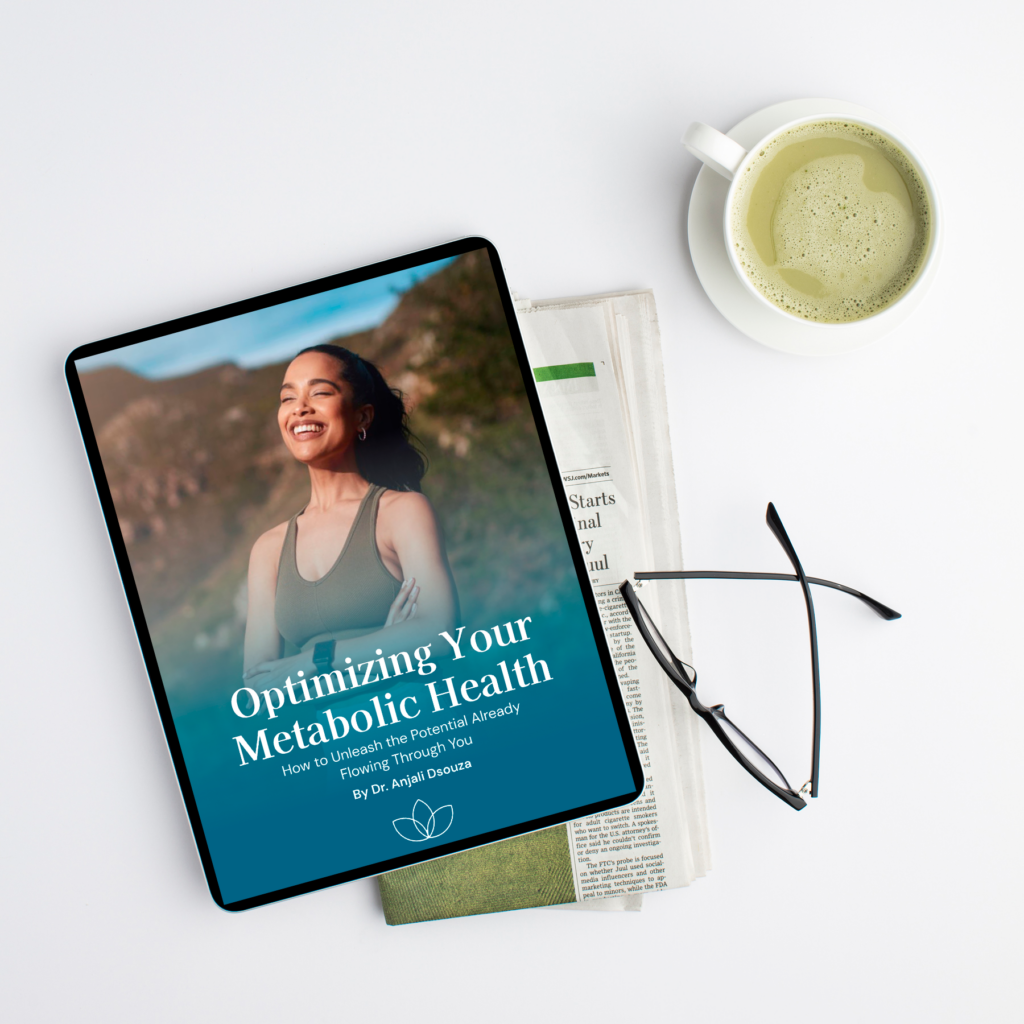Fasting: More than Just a Weight-Loss Trend
Fasting is more than a trend, it can be easier than dieting, and it has wide-ranging results beyond weight loss. Back in the day, fasting was primarily thought of as a feared form of starvation or a religious ritual. Today, fasting is gaining popularity as an effective tool for optimizing weight, improving diabetes, and enhancing brain function. It’s not as difficult as most people fear, and the results can be pretty remarkable. In fact, some find the simplicity of fasting translates to better results than difficult-to-follow diets. We actively promote fasting (under the right circumstances) at DCIM! Work with us to create your own fasting plan.

Insulin: The Traffic Cop
When you eat, some of the calories are used immediately and some are stored for later use by turning them into fat. Insulin is the hormone that dictates which are used and which are stored, and insulin is triggered by the consumption of food…but not all foods trigger insulin the same way.
Carbs, Of Course, but Protein Too? And Not Fat?!
Carbohydrates and protein are significant insulin triggers, but, somewhat ironically (or poetically?) fat is not an insulin trigger. Most people are aware of the impact of carbohydrates, but the protein trigger may come as a surprise. It is true that protein is less impactful to blood sugar, but because it stimulates insulin, it can have the unintended consequence of increasing fat storage.
The Fat Cycle
The larger percentage of fat in our bodies, the more trouble we get into. Fat itself will promote further blood sugar imbalances, further weight loss resistance, and it creates a source of inflammation that can have many unintended downstream consequences to your health.
Why Fasting Works
When you fast, insulin levels drop precipitously. This signals the body to start burning that stored energy. In the first few hours, we burn through the glycogen, but as the hours tick on, we get to the good stuff: the fat stores. If you spend a good proportion of your day in the insulin triggered state (eating) — over time you will gain weight, but if you give your body an insulin break by fasting, you can lose weight!
It’s More Than Just Weight Loss
Fasting has benefits well-beyond weight loss. These include:
- Triggering cellular repair mechanisms
- Targeting a reduction in inflammation and free radical damage
- Improving hormone profiles
- Increasing BDNF (Brain Derived Neurotrophic Factor), which can help improve brain function and prevent the progression of neurodegenerative diseases.
Ways to Fast
There are a few ways to fast. Typically, “fasting” means periods where one only consumes noncaloric drinks like water, tea, and coffee. Below is a list of the different types of fasting we explore with our patients, but it is important to keep in mind that proper medical supervision is key!
- The 12 Hour Fast: A relatively easy and safe fast. Essentially you stop consuming calories at 7pm and only re-start at 7am. Most people over the age of 35 can benefit from this minimal form of fasting both from a weight perspective but also an energy, inflammation, and brain perspective. It’s also a great preventative health approach.
- 15-16 Hour Fast: Often referred to as “time-restricted eating,” this type of fasting involves a window in the day where you eat and a period where you do not eat. Most people end up skipping breakfast in this setup. There is a reasonable amount of research to support the efficacy of this version of fasting for weight loss and blood sugar control. When executed with a lower carbohydrate approach the results can be positive and consistent in time.
- Alternate Day or Prolonged Fasting: As the name implies, an alternate day fast might look like eating normally one day and 1000 or less calories on an alternate day. While all fasting should be done in consultation with a physician, prolonged fasting, which can last as long as three to seven days, should only be done with the close supervision of a physician with knowledge in this area.
- Fasting-Mimicking: This is a specific diet researched and formulated by Dr Valter Longo. It requires the purchase and use of a preset menu for one week during which you dramatically reduce calories, and ideally you repeat this once a month for optimal results.
Easier Than Dieting?
As difficult as fasting may sound, many people find fasting easier than dieting, which leads to better overall results. In other words, it is easier for some to simply “not eat” during a specified time, than to obsess over what and how much to eat. People often stall when we ask them to eliminate carbohydrates, or even worse, they are stressed out by an intense calorie counting/measuring regime, abandoning the attempt altogether as it’s just too much work. But, by eliminating the agony of each individual choice not to eat specific foods or specific amounts of food, many people find fasting more appealing.
It’s Not For Everyone
It is important to discuss any fasting approaches with your physician. For some (including malnourished or underweight individuals, people with eating disorders, pregnant or breastfeeding women, and children), fasting is not an option. Some conditions (like Gout or diabetes) require discernment and active management. Finally, always listen to your own body. Even if you are in a safe category to explore fasting, you may find that it doesn’t feel right. For example, I noticed that I was unable to experiment with fasting until 3 years postpartum, as I was still too depleted to do it without feeling more fatigued.
Some Tweaks and Tips
We recommend a few tips and tweaks to our patients at DCIM.
- Always stay in contact with your physician as you fast. If anything feels strange, reach out to her.
- As you listen to your body, be prepared to discuss with us and readjust your strategy according to what you observe and the results you are getting or not getting.
- Stay hydrated. Certainly consume water during the day, but also consider ½ teaspoon of celtic sea salt by mouth twice a day during fasting times to keep your electrolytes replete.
- Use tea and coffee to soothe any hunger feelings you might have, and if you feel that it’s too difficult to get by with just non caloric drinks, then you can use 1TBSP of coconut oil, MCT oil, Ghee, or Butter to provide fat calories that will directly support your brain but not impact your insulin levels.
- Give yourself at least one month of a certain approach before you reassess or jump ship.
- Take it easy with exercise until you know you are capable of mild/moderate exertion during fasting.
The benefits and science behind fasting are sound. But, it will not supplant a whole-body approach. So, explore and work alongside a physician who can approach your health goals from an integrative perspective while taking advantage of this powerful tool.
About DCIM
The team at District Center for Integrative Medicine specializes in helping patients get to the root cause of their conditions. If you’re looking for 1-on-1 help from Board Certified Medical Doctors who care, request a free consultation today!







